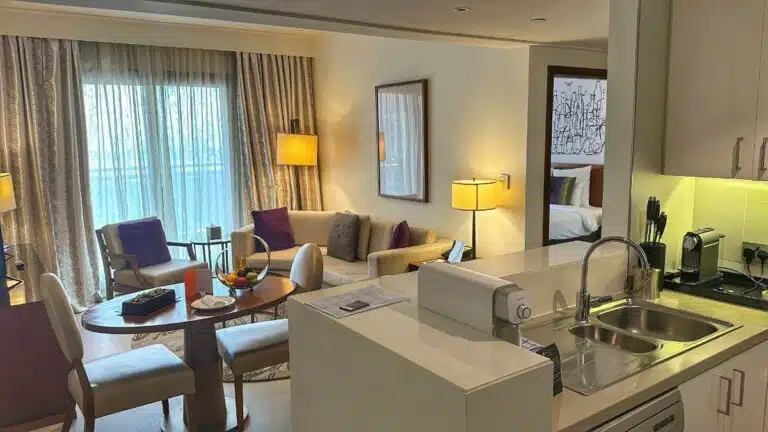What Makes a Hotel Truly Boutique? The Design, Service, and Stories That Set Them Apart
Imagine that you are arriving at your hotel after a very long day of travel and you are tired, hungry, and just ready to collapse.
As you open the door and walk into your room, you find a bowl of fresh fruit on the small table, a glass carafe of fresh water, and a handwritten note welcoming you to the inn.
Immediately, the tension from the day melts away. Obviously, this is not a typical experience you get at just any hotel. But this is a guest experience you often find when staying at a boutique property.
While boutique hotels as we know them today first appeared in the 1980s, they really took off when the Gen X and Millennials started traveling with their craving for unique, cultivated experiences.
These age groups value emotional connectedness over traditional luxury and look to design and wellness offerings as core decision drivers.
While I do not personally fit the Gen X or Millennial demographic, being at the tail end of the Boomers, I inherited a love of travel from my parents and a value for experiences over “things.”
Therefore, my focus as a designer and frequent traveler is on smaller, unique properties that can provide me with wonderful memories.
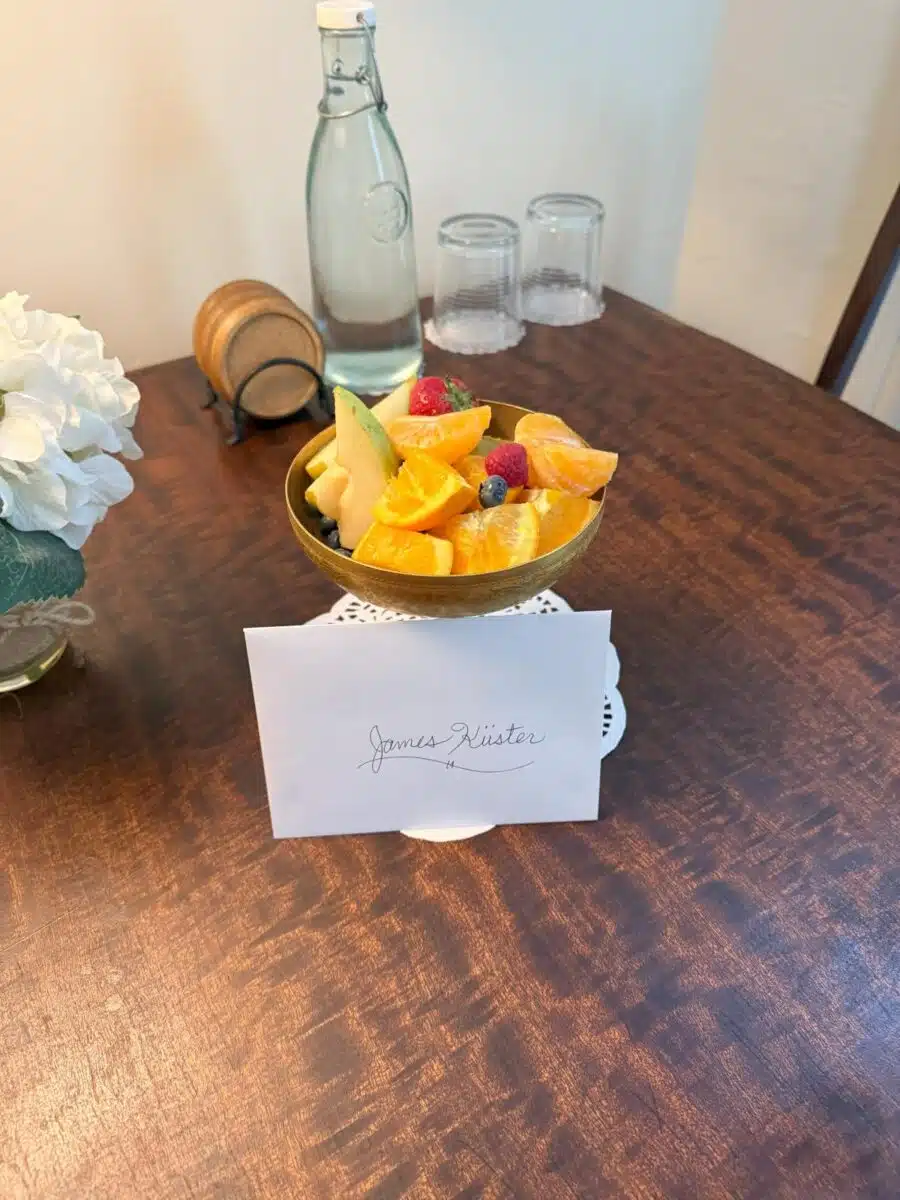
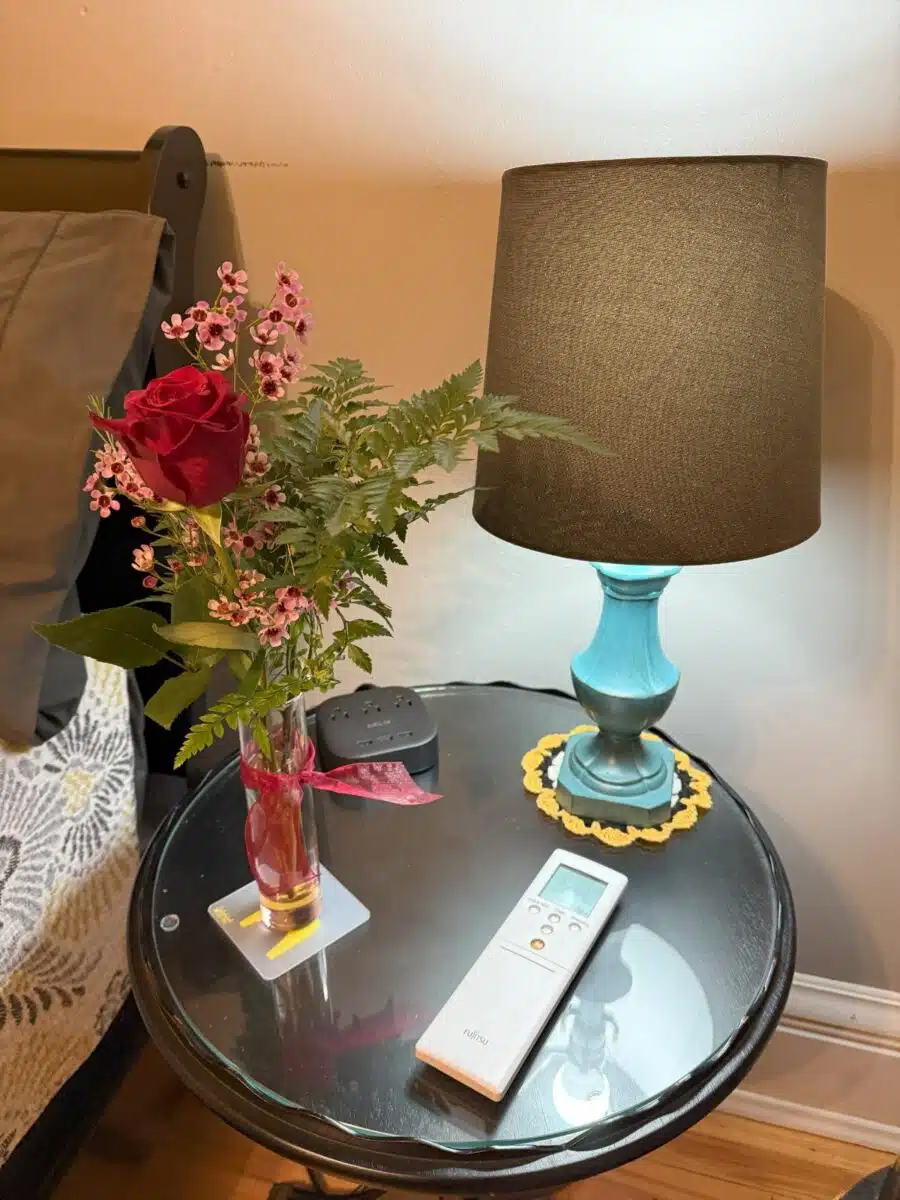
What exactly is a boutique hotel?
Typically, the hotel will have fewer than 100 rooms, though I personally think fewer than 40 is a better indicator of the smaller size of these properties. The hotel is independently owned and operated, which means that it is not part of any of the hotel brands.
While these brands are working hard to mimic the look and feel of boutique properties, there are key differences between what they can offer and what a truly independent property can.
Boutique properties are also characterized by the highly personalized service and experiences that they offer their guests. As Will Guidara says in his book Unreasonable Hospitality, “Service is black and white. Hospitality is color.”
Service is about executing correctly; hospitality is about how the hotel makes you feel. Boutique hotels are all about making their guests feel seen. Just as the handwritten note and bowl of fruit did for me.
Every room tells a story
Another key aspect of boutique hotels is that each of them comes with their own story. For example, the San Gabriel House Bed & Breakfast in Georgetown, TX, recently updated each of their guest rooms to reflect the period and character of the home during the time of each of its owners.
Every room is named for one of the women who owned the house over the last century. Now, each room gives the guest a little glimpse into what the interests and trends were over the lifespan of the property.
From the first days of boutique hotels, the uniqueness of the architecture has played a big part in what sets the property apart from others.
When you are converting a Victorian or Arts and Crafts home into a bed and breakfast or small inn, there is no central planning office making sure every room is the same or every bath is outfitted with the same amenities.
Owners and innkeepers must craft a unique guest experience for each room. Rarely in older homes is every bedroom the same size or shape. And rarely would every bedroom have its own bath.
So, bathrooms need to be carved out of the existing space and consequently, a unique experience is born! These old homes each have a unique history and a story to tell.
The Inn of the Turquoise Bear in Santa Fe, NM is an example of how the uniqueness of the architecture informs the guest experience.
The inn is converted from a 200-year-old adobe estate. The unique twists and turns of the sprawling adobe, with its vigas throughout enrich each stay.
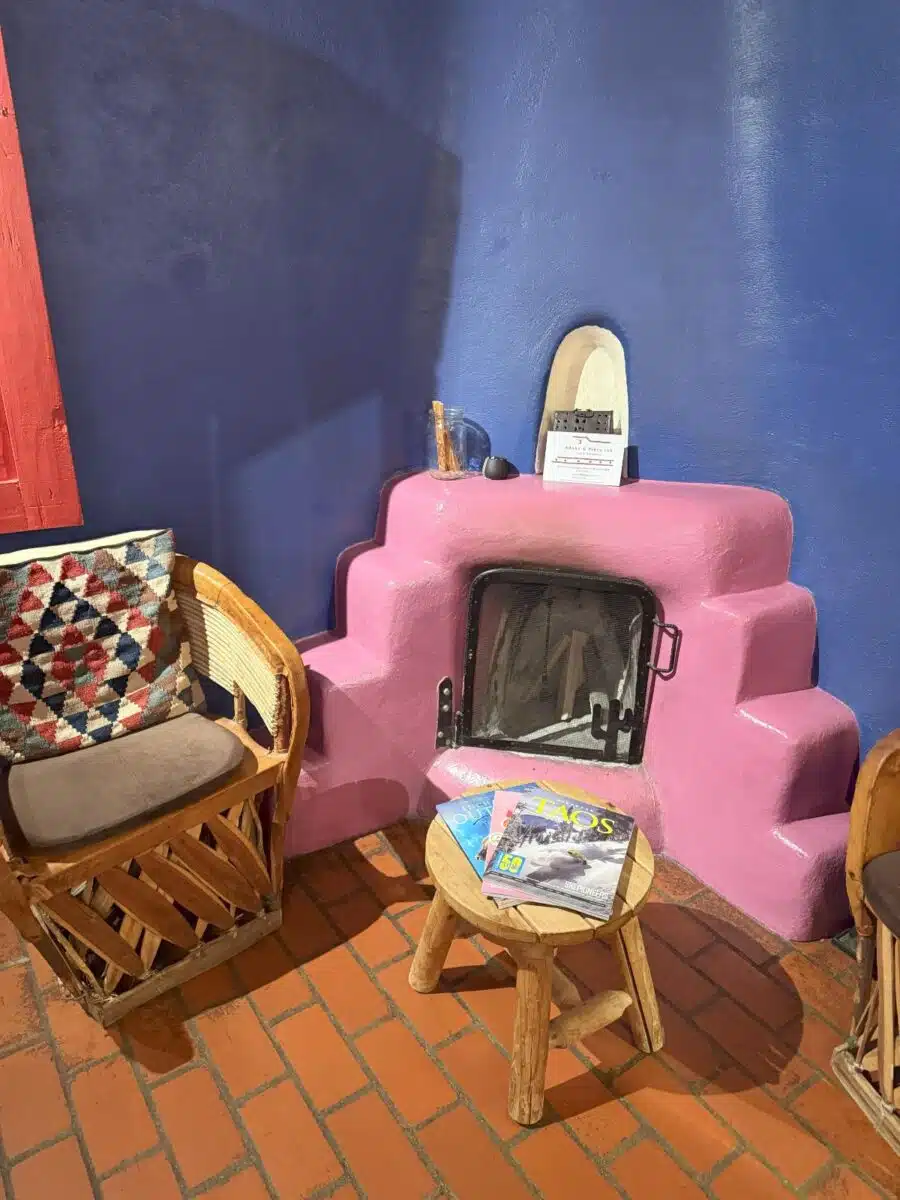
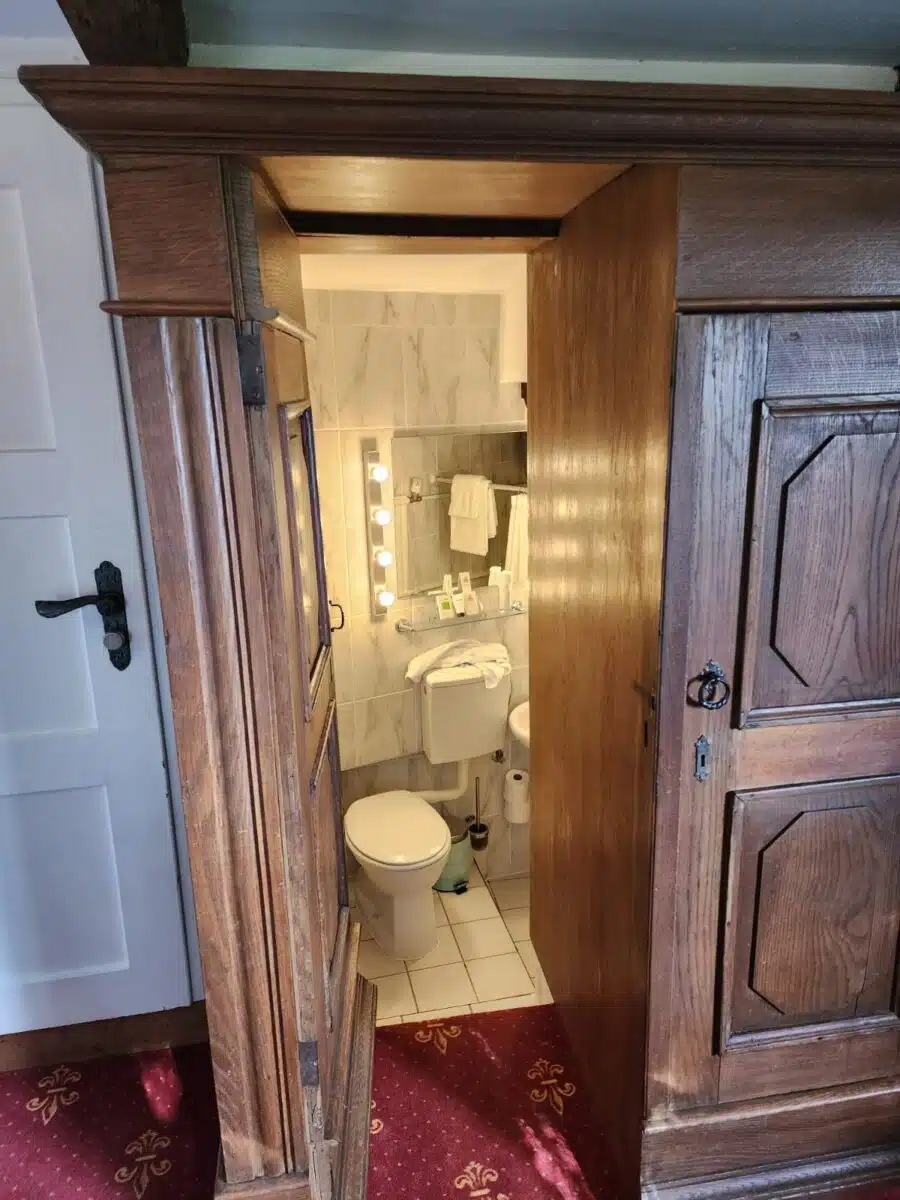
Boutique hotels embrace wellness through design
Boutique properties are also able to bring wellness into their designs in ways that more commercial properties cannot. The centuries-old vigas at the Inn of the Turquoise Bear authentically introduce organic materials and textures into every space.
The hand-shaped adobe walls provide a sense of calm that comes from immersing oneself in natural forms and that cannot be found from perfectly plumb and smooth drywall ones.
Original grasscloth wallcoverings in Arts & Crafts inns offer a connection to nature and a sense of wellbeing that today’s synthetic wallcoverings never will.
Other ways boutique properties offer their guests memorable wellness opportunities include placing items like yoga mats and sunscreens into antique cabinets for guests to grab, such as The Blenman Inn does in Tucson, AZ or having benches and chairs scattered throughout the property for guests to sit and reflect on the large collection of original art like Main Street House in Brenham, TX.
But probably nothing says authentic as much as freshly-baked cookies upon arrival or the customized omelet prepared by the owner each morning using herbs from his garden.
These are experiences that set boutique properties apart that larger properties and chains struggle to replicate.
A deeper sense of intimacy and connection
When staying at boutique properties be prepared for a level of intimacy and connection that you won’t find elsewhere. The Inn of the Turquoise Bear offers a twilight wine experience every evening where you can join fellow guests and the innkeeper for a glass of wine and conversation.
The setting is either outdoors on the patio or inside in the living room depending on the weather, but in either case it is intimate and offers guests a real opportunity to learn from other guests about their favorite restaurants, art galleries, or other adventures in the area.
When I stayed at the Inn on First in Napa, CA, one of the owners prepared a customized tour of valley wineries for me, including being my driver for the tour!
His husband, the chef, prepared and packed the lunch that I enjoyed between stops, along with wine from one of the local wineries.
I love fresh flowers, even when traveling on business. During a recent stay at Sunniva Inn, in Mount Horeb, WI I was able to request a single red rose for my room. That small detail left a lasting impression and brightened my mood upon returning to my room after a long workday.
Thoughtful design elevates the guest experience
For me as a hospitality designer, one of the biggest challenges but also one of the greatest delights is finding ways to reconfigure or update a space that provides a guest with a good experience when interacting with the physical space.
The innkeeper is in full control of crafting the service experiences, but my role is to make sure the nightlight in the bathroom is not located where it is going to shine into the guest’s eyes at night.
Or to help the innkeeper find ways to install blackout shades in window openings that were built long before such things were ever thought about.
These sorts of details have a huge impact on the wellness and sleeping experience of guests. Every detail is important and every detail matters in crafting an experience that makes the guest want to return and to tell their family and friends about.
Boutique hotels invite you to slow down
If you are looking to add boutique hotels to your travel experience, be prepared to slow your pace and to open your life to new experiences.
A boardwalk leading to the front entrance of the property may have a funky kink in it that disrupts a speedy walk from your car. The bathroom may be hidden inside an old armoire that takes some exploration to find.
You may have conversations with complete strangers over wine or breakfast. Or you may find a collection of warm chocolate chip cookies in your room upon returning from dinner.
The guest experiences you get when traveling and staying at boutique properties is worth finding the road less traveled.






